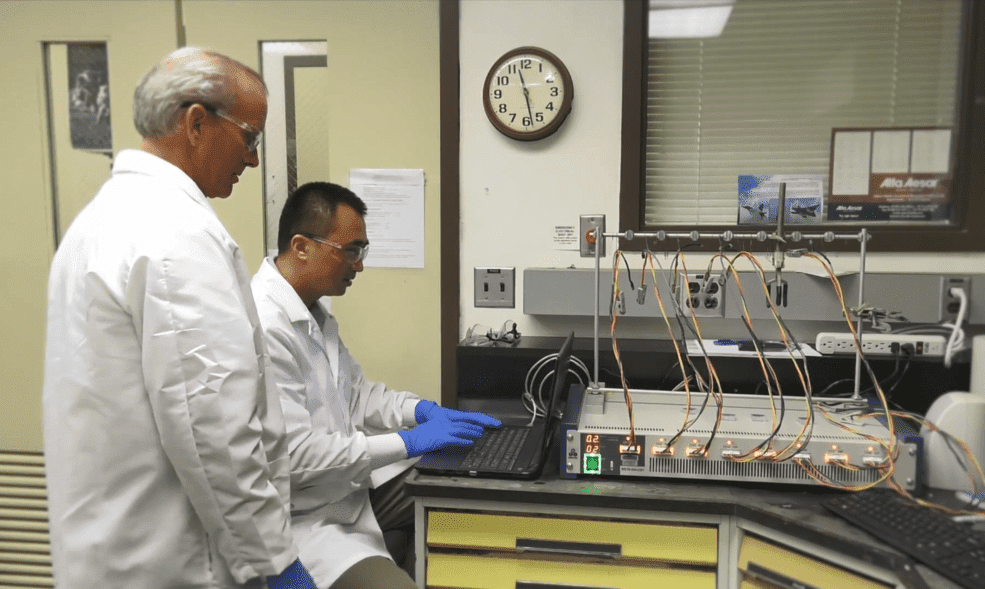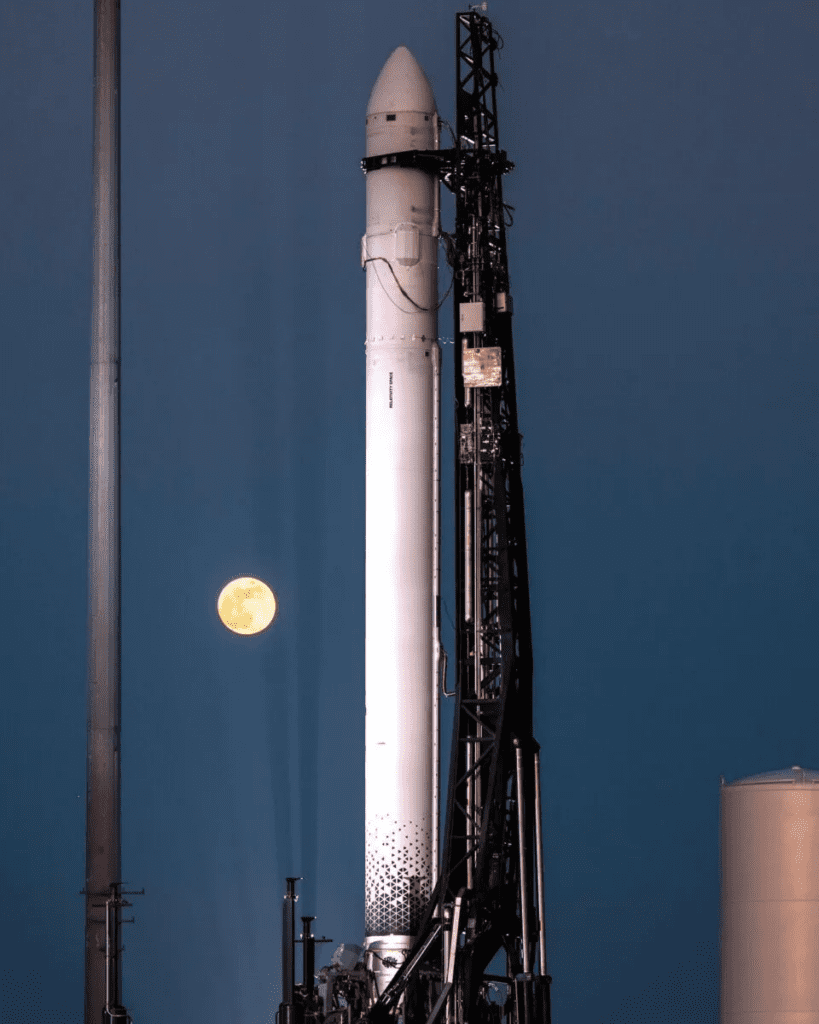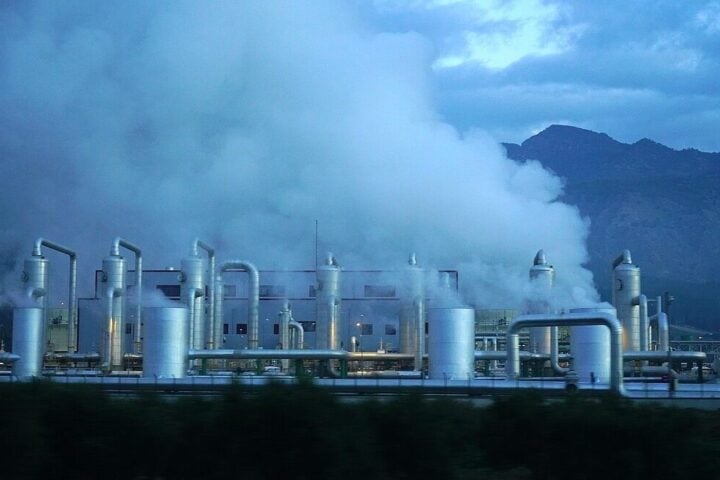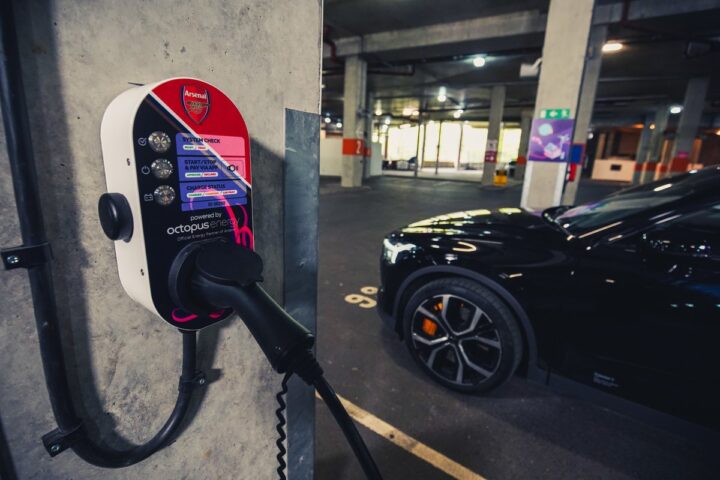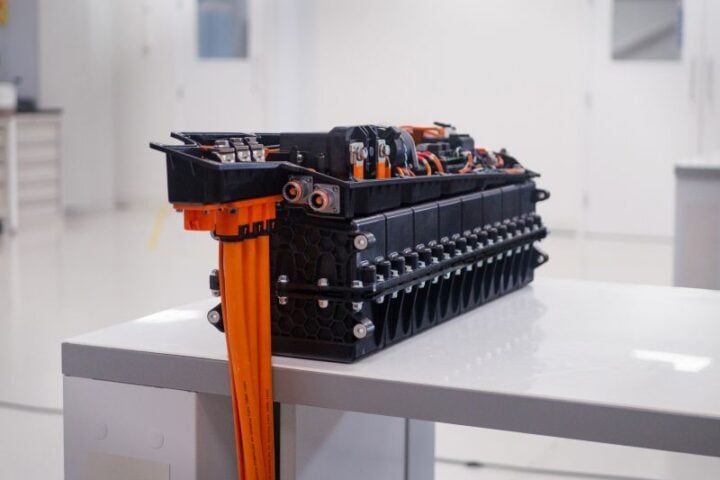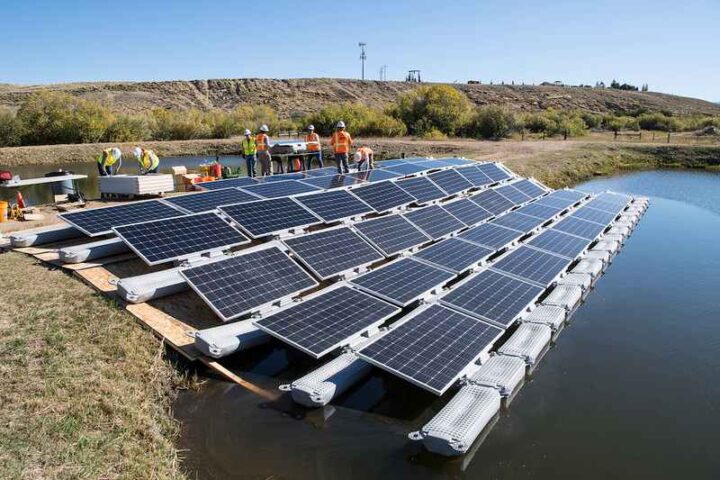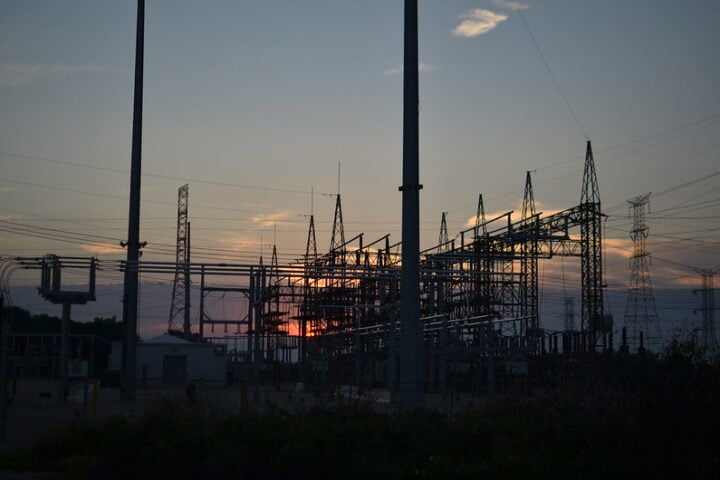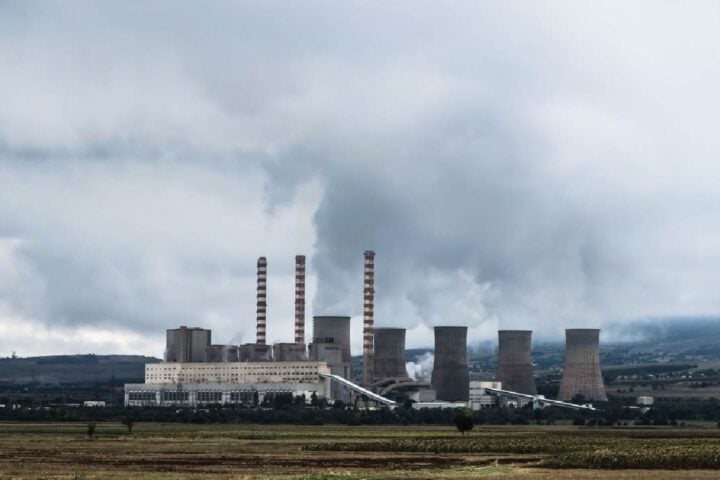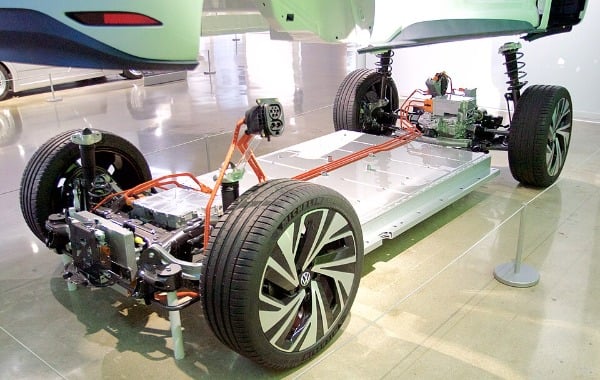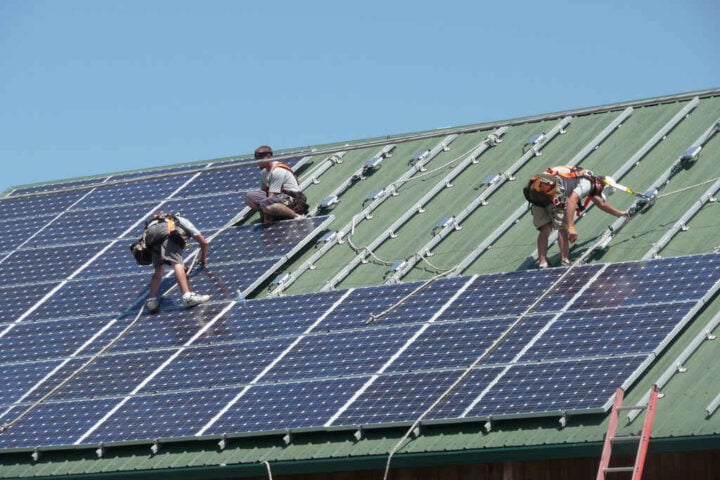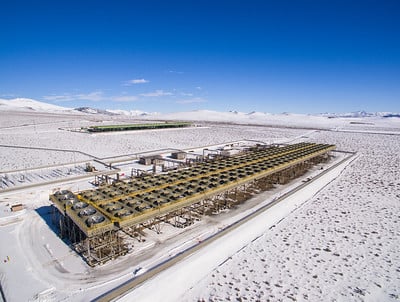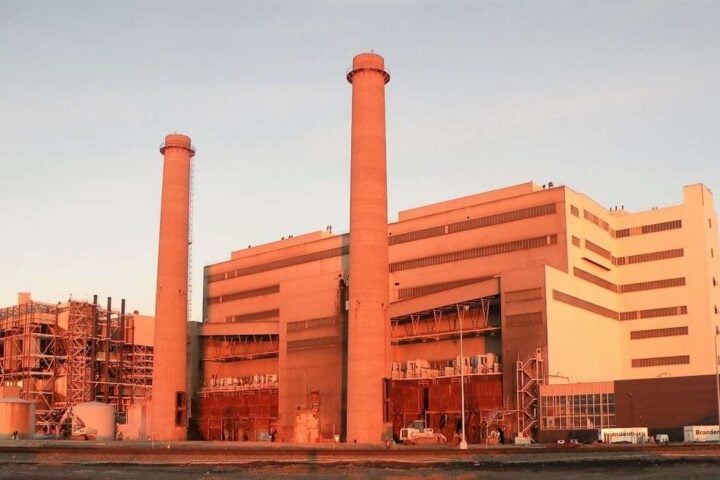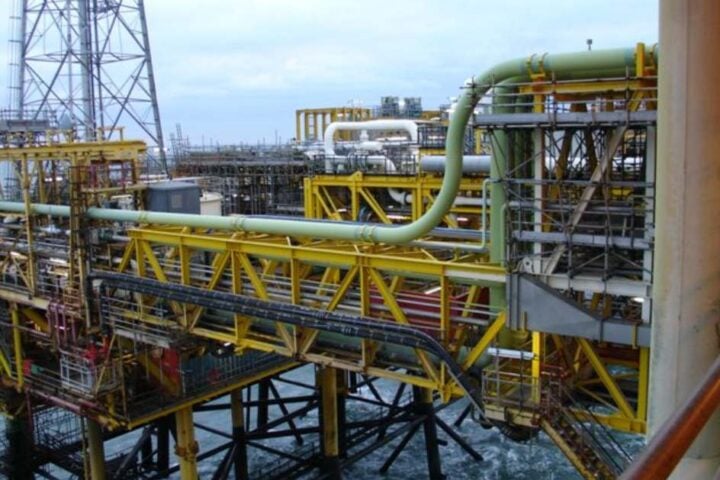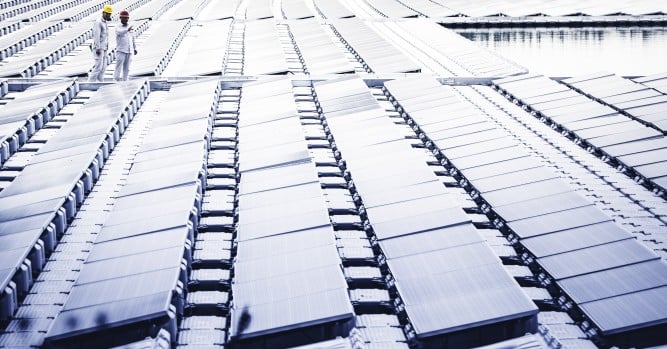NASA’s researchers at Solid-state Architecture Batteries for Enhanced Rechargeability and Safety (SABERS) have made a new leap in developing a high-performing battery for electric aircraft. Batteries and their performance have been a major issue in the quest for sustainable electric airplanes.
The new solid-state battery is lighter and can store more power than lithium-ion batteries. NASA’s recent breakthrough has made solid-state batteries suitable for use in large scale electronics. One of the key advantages of lithium-ion batteries is their ability to discharge power much swifter than solid-state batteries.
SABERS may have solved this issue by improving the discharge rate of solid-state batteries by a factor of 10 and then an another additional factor by five. This new frontier of battery innovation could perform much better than lithium-ion batteries can, as per Rocco Viggiano, principal investigator for SABERS at NASA’s Glenn Research Center.
The newer battery design makes the battery 30 to 40 percent lighter and enables the performance to double or triple i.e. the energy it can store. Safety is a crucial concern for aircraft, and solid-state batteries have a better advantage over lithium-ion batteries as it is void of any liquids and can still be used even when damaged. Solid-state batteries can function in twice as much temperatures as lithium-ion batteries and require less cooling technology.
- Suspected Fireworks Spark 4-Acre Rancho Fire in Laguna Beach, 100 Homes Evacuated, No Damage
- Salmonella Dublin: Deadly Cattle Disease Costs Farms €11,300 Annually While Showing 60% UK Infection Rate
- Male Guppies With Orange Spots 2X More Sexually Active Than Dull Males, UBC Study Finds
- NHTSA Investigates 1.2 Million Ram Trucks After 7 Post-Recall Injuries Reported
- EU 2035 Zero-Emission Car Target Saves 1 Million Jobs While Creating 220,000 New Battery and Charging Positions
The various aviation players and the U.S. government are keen on this promising battery technology to reduce air pollution. Although not yet commercially usable, NASA researchers are partnering with academic frontiers to continue developing this battery technology.
